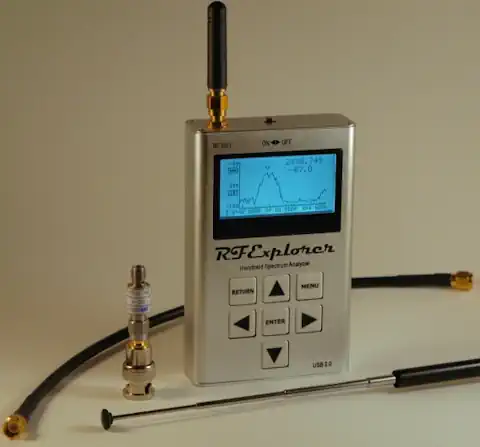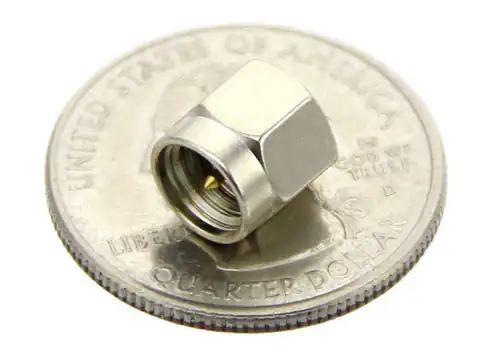Protecting Your RF Explorer Instrument

RF Explorer is an incredibly sensitive device, capable of detecting signals as low as -120 dBm, which corresponds to 10E-12 mW or 9 nA over a 50-ohm load. This exceptional sensitivity, however, requires careful handling and protection to ensure long-term durability and optimal performance.
Most RF technicians understand the importance of protecting RF instruments from high electromagnetic (EM) fields in their environment. Expensive instruments, such as $50,000 spectrum analyzers, often come with extensive handling guidelines to prevent damage. Although RF Explorer is more affordable, it is no less critical to protect it from potential harm.
Preventing Damage
The first and most essential precaution is to ensure that input RF power does not exceed the acceptable levels for your instrument. RF Explorer 3G Combo and WSUB3G models can handle input power up to +30 dBm (1 Watt), providing a high level of protection in most environments.
Other models, however, have a maximum safe input power of +5 dBm (3 mW). For reference, this is equivalent to the RF power captured from a cell phone at a distance of 10 cm or a microwave oven at approximately 1 meter. Please note, these values are approximate and vary depending on the device.
Important: This input limit applies to any RF frequency band, even when the RF Explorer is powered off.
Examples of Risk
For instance, the RF Explorer WSUB1G, with a frequency range of 240–960 MHz, will not display signals from a 2.4 GHz microwave oven but can still sustain damage if exposed to its high-power output. Similarly, a strong HAM or FM transmitter may not be visible on-screen but can still cause harm to the internal circuitry.

Protecting Against Static Discharge
Reduce the likelihood of static discharge by practicing good ESD (Electrostatic Discharge) handling. Metallic antennas, such as the Nagoya telescopic antenna, are more prone to static-related issues. Always make good hand contact with the RF Explorer's metal case before touching the antenna, particularly in dry winter conditions. Avoid directly touching the antenna whenever possible.
Additionally, never allow the antenna to come into contact with external energy sources, such as AC current. Doing so can severely damage the RF circuitry.
Best Practices for Protection
- Use an RF Power Limiter: An RF power limiter is the best way to protect your RF Explorer against strong RF fields. The RF Explorer Power Limiter includes a 6 dB attenuator and a 16V DC block, offering protection up to +30 dBm (1 Watt). Learn more about this accessory in this article.

- Unplug the Antenna: If storing your RF Explorer for an extended period, disconnect the antenna to minimize exposure to external RF fields. Alternatively, use a 50-ohm SMA dummy load to further reduce risks. Find affordable options like the SMA Termination Dummy Load.

- Use an SMA Attenuator: When operating in areas with potentially strong RF fields, always use a 30 dB SMA attenuator to reduce the power received by your device. Remember, this precaution applies even when the instrument is powered off. See options for SMA attenuators at SeeedStudio.
Need Help?
If you have any questions or require assistance, feel free to contact us. We are dedicated to ensuring your satisfaction and helping you maintain your device in optimal condition.
In case of damage, we provide efficient repair services at a reasonable cost. Reach out to us for more details.
